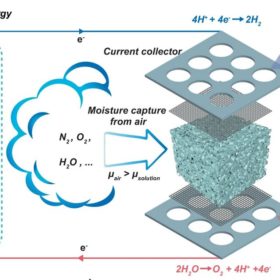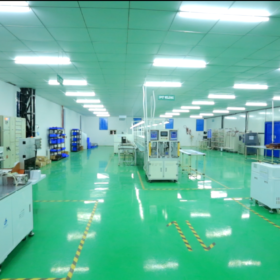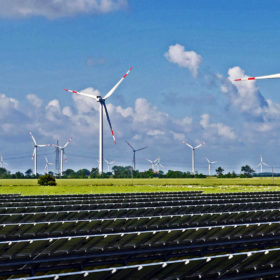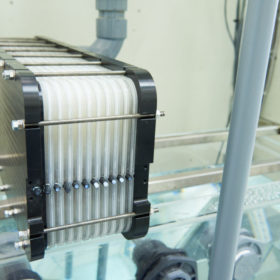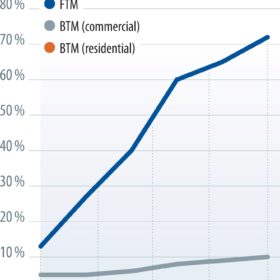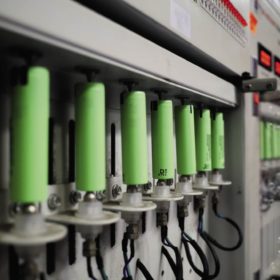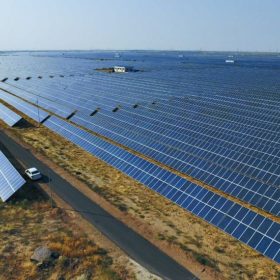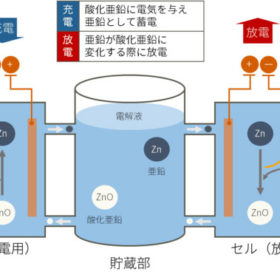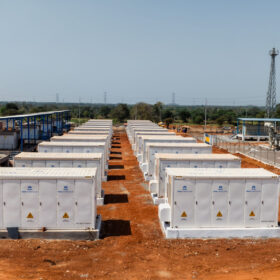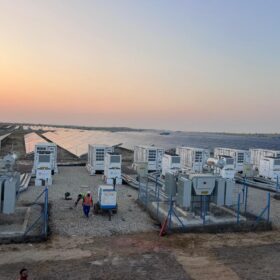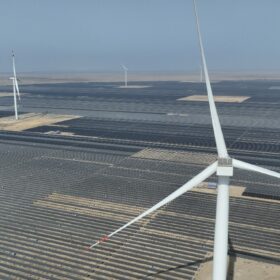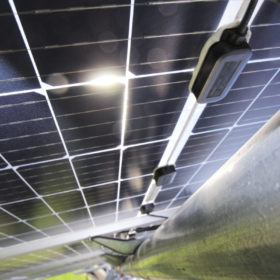Prescinto secures deal with energy storage major in USA
Gujarat-based Prescinto, which provides software-as-a-service (SaaS) solutions for clean energy asset management, has expanded beyond wind and solar into the rapidly accelerating energy storage market and added North America to its growing international portfolio.
PV-powered direct air electrolysis module to produce hydrogen from moisture in air
Scientists in Australia have developed a new way to produce hydrogen using water from the atmosphere. They claim their new module can ensure stable performance and provide green hydrogen for remote areas.
Renon targets INR 40 crore of revenue in FY 2022-23
Renon India, an energy storage startup, has announced a new full-year revenue target, as well as plans to ramp up its annual lithium battery manufacturing capacity from 200 MWh to more than 500 MWh.
SECI tenders 2.25 GW of round-the-clock power from renewable hybrids
Prospective developers in Solar Energy Corp. of India’s latest tender will set up renewable energy projects to supply round-the-clock power. The projects can be located anywhere in India. Bidding closes on Oct. 10.
Zinc8 to manufacture its first zinc-air batteries in US market
Canadian battery developer Zinc8 Energy Solutions has announced plans to begin battery production in the United States, incentivized by manufacturing production credits in the US Inflation Reduction Act.
Australian startup releases new hydrogen generators
H2X Global has released the first of its hydrogen-powered generators in the Australian market.
The long read: China’s policy-driven battery boom
The rise of electric vehicles brings rapid technological advancement and cost reductions to lithium ion battery manufacturing, which can serve to make batteries more useful and more profitable for the energy storage industry. However, the use of stationary batteries as energy assets is still at a nascent stage. Most markets and business models are immature, and InfoLink analyst Yuan Fang-wei sees policy as the major driving force to lead and stimulate China’s energy storage market.
Battery cell manufacturing in India could attract over $9 billion in investment by 2030, says ICRA
A new report by ICRA says rising electric-vehicle penetration will drive significant investment in battery cell manufacturing in India. It expects EV battery demand in the nation to touch 15 GWh by 2025 and 60 GWh by 2030.
NTPC invites proposals for round-the-clock renewables supply
NTPC has started accepting proposals from developers to supply round‐the‐clock power from solar, hydro, wind, hybrid, and energy storage plants.
Sharp begins developing zinc-air flow batteries for renewables storage
Sharp is developing a zinc-air battery tech for renewables storage. The device will be reportedly safer than their lithium-ion counterparts, with high energy densities.

